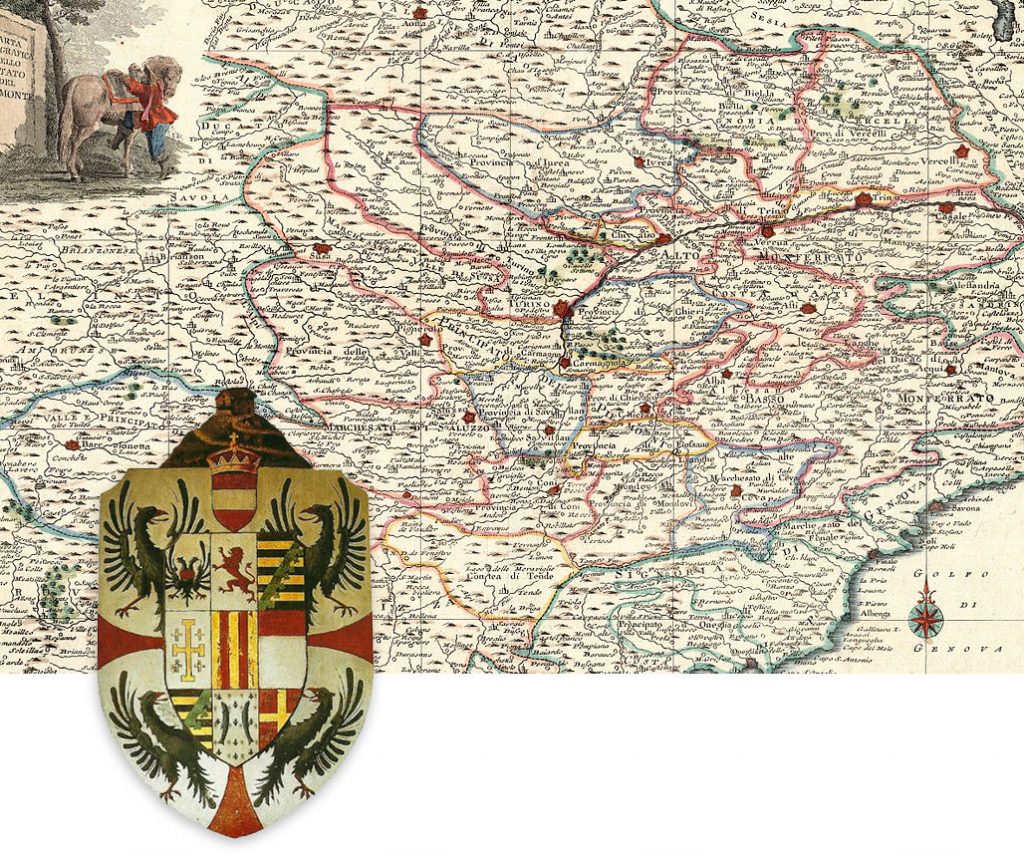The Aleramic Monferrato
The historical territory
The Monferace Project is recognized and implemented in that area identified in the geographical area delimited by the Po and Tanaro rivers: the Monferrato Aleramico. A land rich in history and culture, vineyards and natural beauty which extends in an ideal triangle between Casale Monferrato, Alessandria and Asti. A land that has mythical origins. The legend tells that around 950, the emperor Ottone I wanted to reward for his courage a beautiful young knight, Aleramo.
He would have given him as much land as he had managed to cover in three days and three nights of riding. To shoe the horses Aleramo used a brick, in the dialect is “mun”, which combined with “frà” (ferrare/ts shoe) gave the name to the territory: Monferrato. Here, among rolling hills, you will find impressive castles and suggestive villages with medieval towers. The Ancient Via Francigena is dotted with ancient Romanesque parish churches and votive chapels that preserve sculptures and paintings made many centuries ago.
Places of worship such as the sanctuary of the Sacro Monte di Crea”, a Unesco Site , which attracts thousands of visitors every year. A unique heritage of history and monuments that makes this land even more exceptional and unrepeatable. The “casot” are also historic, a typical red brick construction that is still used today by wine growers to keep tools and to rest from the work in the vineyard. Each vineyard has its own. The “casot”, as well as the country farms, help to distinguish the landscapes of the hill, suitable for viticulture.
The economy is mainly agricultural with a wealth of crops: fields, meadows, poplar groves, but also olive groves, broom valleys and many woods where, in autumn, the prized Tuber Magnatum Pico, the white truffle, is born. Today this underground mushroom is still a mystery. Monferrato has always been an area suited to the cultivation of vines. Several varieties of native vines: the Grignolino, the Barbera, the Nebbiolo, the Freisa, the Ruché, the Cortese are being cultivated and ancient varieties are being rediscovered such as the Slarina and the Baratuciat.
